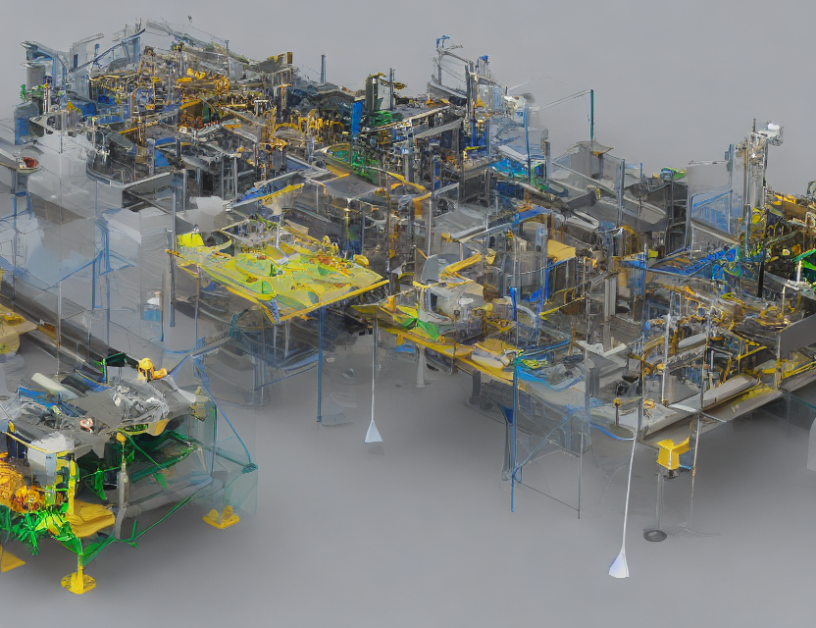In this article, we explore the importance of efficiency in high-performance computing (HPC) and how it can be achieved through careful visualization configuration. We compare two approaches – Catalyst and Checkpointing – that differ in their computational overheads and storage demands.
The Catalyst approach shows an impressive storage economy, with minimal increase in CPU memory overhead compared to Checkpointing. This means that efficient visualization doesn’t have to come at the expense of increased storage demands. The in-transit approach for the Mesoscale case demonstrates that with the right tools and configuration, overheads can be minimized, preserving computational resources.
One key marker of success for any HPC methodology is scalability. By managing computational efficiency in conjunction with data storage and visualization requirements, we can achieve efficient visualization without compromising on computational resources.
To illustrate the importance of visualization, we use the example of analyzing flow dynamics within a pebble-bed reactor and turbulent flows of Rayleigh-Bénard convection. Real-time visualization significantly enhances our analytical capabilities, making it easier to "see" data and make informed decisions.
In conclusion, efficiency matters in HPC, and careful configuration can achieve efficient visualization without compromising on computational resources. By balancing computational efficiency with storage demands, we can unlock the full potential of high-performance computing for scientific advancement.
Computer Science, Distributed, Parallel, and Cluster Computing
Increasing Efficiency in Computational Fluid Dynamics through In-Situ Analysis



